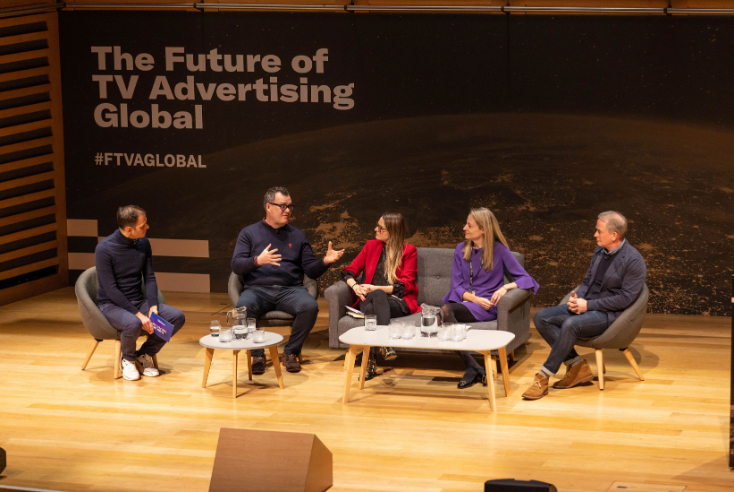What have Mediatel's Future of TV Advertising Global event and Joey from Friends got in common?


How many sisters does Joey Tribbiani have in friends?
The question that ended my run as “Friends Trivial Pursuit” champ. I was schooled by my 16-year-old niece who has watched every episode several times, but not once on a TV screen. (answer at the bottom)
The enthralling two days in Kings Cross at the Future of TV Advertising Global (FTVA) event was also a stark illustration of the rapid upheaval in how audiences consume TV content.
The ad industry must react intelligently to avoid losing control of the most effective branding medium we have.
It is events like the FTVA that are a critical vehicle to bringing simplicity to TV’s complex and evolving ecosystem. The huge variety of perspectives led to detailed debate and focussed action.
At the close of the event, the universally accepted goal of the delegates was to make sense of the digital disruption to give advertisers and consumers the most impactful experience.
Making sense of this “confused convergence” was at the top of everyone’s agenda, but are we asking ourselves the right questions?
Or, are we too caught up in measurement challenges? Are we over analysing how we “define TV”? Are we too concerned with keeping the cord cutters engaged in linear?
Technological disruption is nothing new. Every person with a spade was given their P45 when the hydraulic digger was invented in 1882.
The quickest way to move forward is to look back, what has history taught us? Consolidation is inevitable, mergers and acquisitions are already rife, but collaboration is the key to establishing stability.
Thankfully collaboration was touted early in the conference by ITV’s Kelly Williams during a captivating panel (TV’s serendipity moment) as his hope for the next 12 months.
Subsequently, almost every session mentioned a desire to collaborate in some form or another.
MG OMD’s Natalie Bell powerfully highlighted in the same session that, to a TV planner, buying traditional TV is straightforward, but alien to a digital planner, while the opposite is true for a platform like YouTube.
In an industry subdivided in this way, how do we adapt to cater for an audience who don’t see, or wish to see, those divisions?
Achieving “TV Serendipity” requires reframing the operating models to align more closely with the way audiences are viewing, and less with the “traditional” segmentation.
There is no doubt that this is a time of unprecedented change in the industry, but “Total TV” is here, and thinking differently, engaging differently and connecting across divisions, can be the key to seeing the opportunities in this challenging time.
Consumers are no longer “Rosses”, showing brand loyalty and years of consistency in pursuing their “Rachels”. They are “Joeys”, constantly shifting in what and how they consume, always happy to ask, how you doing, to a new channel.
It is true that consumers are moving away from linear. During a lively panel (Adapting to the total video landscape), OMD’s Vicky Fox reminded us that just 2% of linear impacts are delivered to 16-24s.
Later, Samsung’s Andy Jones highlighted that 47% of smart TV owners watch less than 3 hours of linear TV a month.
This shift has evidently sparked concerns that these audiences are engaging in less premium, professionally produced content.
It is well-documented that ads are most effective in a premium context (e.g. premium OTT video delivers 37% better brand awareness than non-premium video. Kantar/Pubmatic 2021).
So the industry must find a way to deliver the great content to these nomadic audiences.
DAZN, Netflix and Disney all showed us the intelligent and exciting steps they are taking to grab this opportunity, how will the rest respond?
There is a vast amount of ad-funded, premium content already being consumed at scale by UK audiences across all devices and multiple platforms.
So, for the industry and the FTVA delegates there is a goal, to make sense of an ever-changing medium to deliver impactful experiences to both consumers and advertisers.
It is fundamental that we collaborate as an industry to make the most of this disruption’s opportunities. It was clear that the FTVA summit housed many different perspectives and agendas, and that was its power.
We must thank this event and others like it for building connections, changing perspectives and aligning an industry to ask the right questions.
(Joey has 7 sisters, of course).
Tim Pearce is managing director of SeeViews, and has held previous roles as global head of trading and partnerships at WeAre8 and head of digital investment at Dentsu Aegis Network.
